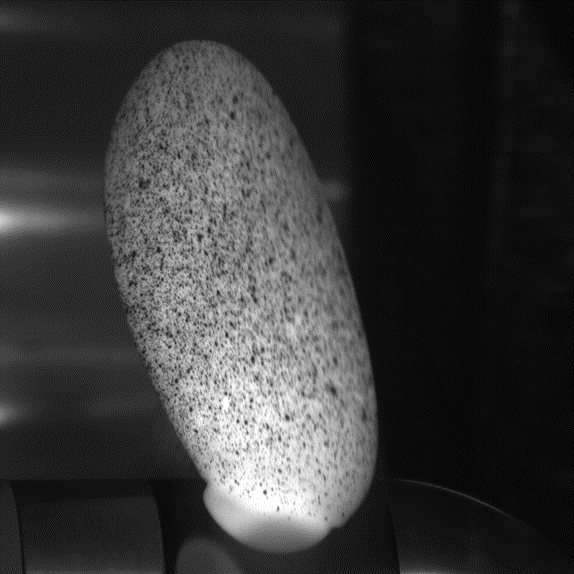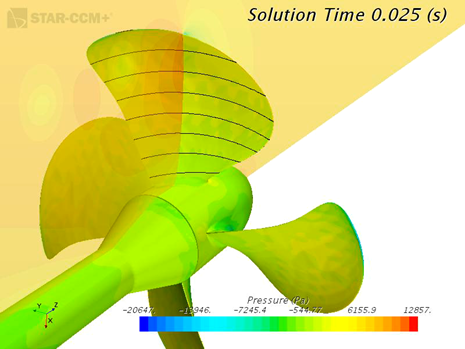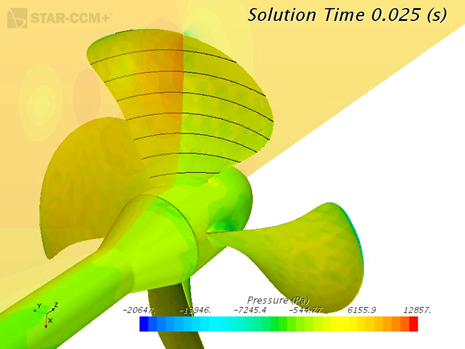The man-made climate change compels us to produce more efficient and reliable marine propulsors.
Producing more efficient propellers means less emissions to the atmosphere, but efficiency is not the only mean we have to make a difference. In fact, more reliable propulsors means that less spare parts or replacement units are to be produced, with saves not only on the emission side but also more in general on the utilization of the natural resources.
FleksProp aims to use the elasticity that is inherent to any material to improve the efficiency and reliability of marine propulsors, like thruster and propellers. All objects are elastic and deform to a given extent under the action of external forces and are therefore elastic. While many materials show the same elastic properties in all possible direction of application of forces, some material have the peculiar characteristic that they flex more easily in some directions than in others. In science the first ones are called isotropic, while the second ones are anisotropic. An example of anisotropic material is wood that is much stronger when pulled than when bent.
From the experimental point of view, the project is approaching the end of the first part in which isotropic materials were in focus. There are still some activities to be performed on the isotropic propeller blades, like for example measuring the blades deflections when the propeller is operating, but the focus of the project is moving towards anisotropic blades. There are several challenges in producing model scale anisotropic blades due to their limited size and the high requirements for good finish quality need for hydrodynamic tests; however, big progresses have been made in that respect as well and we are getting close to have the first models to be tested ready. The tests with anisotropic blades will be performed in the next six months.
There is also good progress on the computational side, with the work of simulating the behaviour if isotropic blades concluded with very positive results. The coding of the coupled hydrodynamic/structural code is also proceeding according to the plan, with the first validation cases to be computed after the summer break.
The project now has collected enough material that can be presented to the scientific community to discuss our results, share them and receive feedback from other scientists.

Blade Deformation Measurement in the Cavitation Tunnel.

Mesh Deformation and Pressure Contour Post-Process During a Coupled CFD-FEM Simulation.

